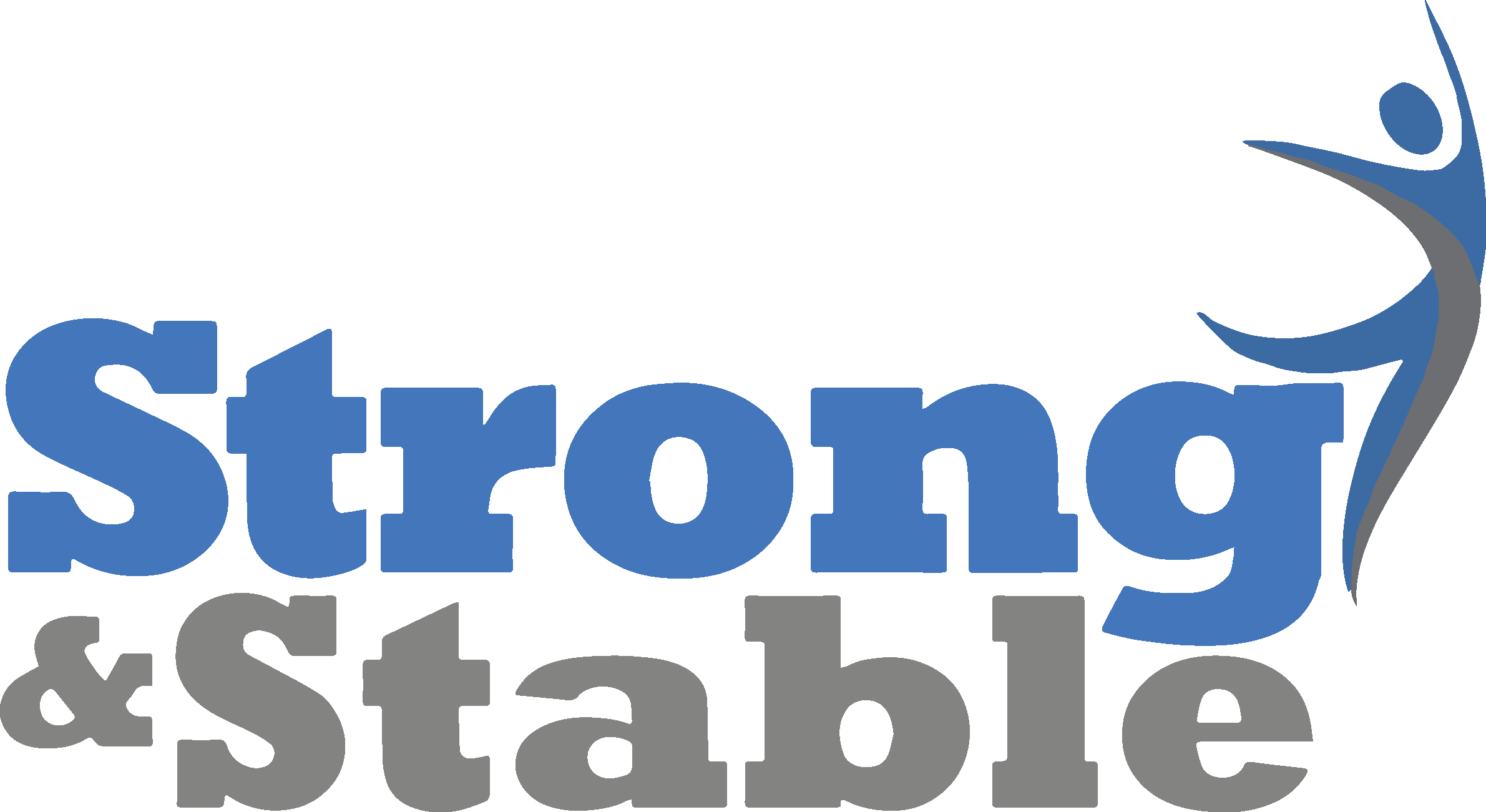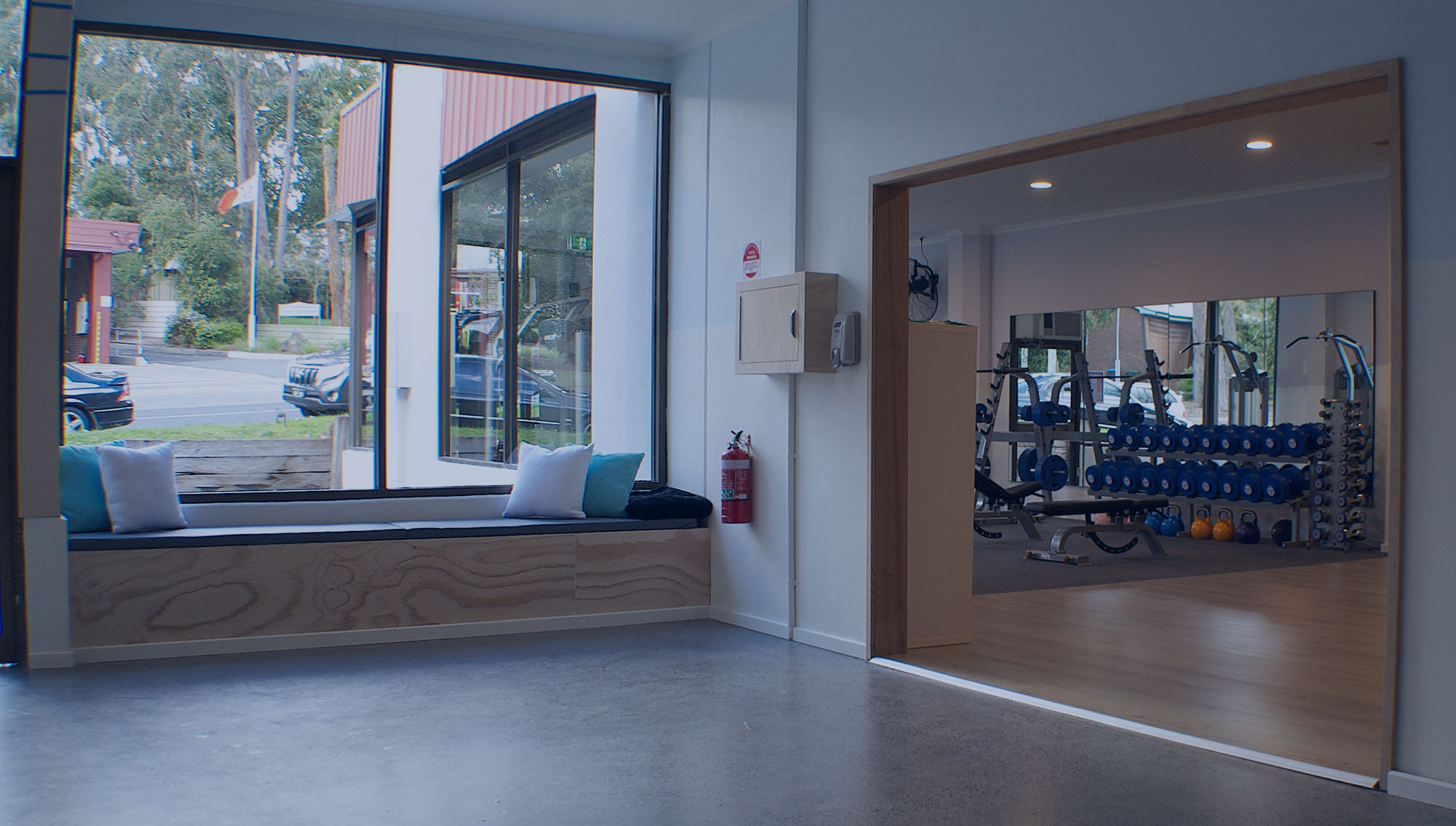07 Mar Exercises Positive Effects in Managing Menopause
Written by Megan Dame, Accredited Exercise Physiologist
What is Menopause?
Menopause marks a time in a Woman’s life when she stops having monthly periods (Health Direct). It is the end of her reproductive stage of life, as the ovaries no longer have eggs to release and there is a natural decline in her reproductive hormones (Health Direct).
The average age for menopause is 51 years old, with most Australian women experiencing it between the ages of 45-60 years old (Health Direct).
Menopause is reached when a woman has gone 12 consecutive months with no periods (Health Direct).
Stages of Menopause?
There are three stages of menopause (Exercise Right):
1. Perimenopause: This is the lead up to menopause where the woman’s menstrual cycle becomes erratic and irregular when hormones start to decline, on average it last 4-6 years. Side effects of menopause can start to present, such as hot flashes.
2. Menopause: This is the permanent end of menstruation and no periods for 12 months consecutive, caused by the cessation of hormone production that causes your menstrual period.
3. Post menopause: A point of time after menopause has occurred. Once the woman has entered this stage, she remains in this stage for the rest of her life.

A woman can also enter Early Onset Menopause which is when she experiences her final menstrual cycle before 45 years old and Premature Menopause is before the age of 40 years old. Menopause occurring early can be triggered by surgery, naturally occurring, or medication.
What are the Signs and Symptoms of Menopause?
Common symptoms of Menopause which are not limited to, include (Jean Hailes):
- Hot flashes and night sweats
- Impaired sleep
- Physical symptoms like irregular periods or sore breasts
- Emotional symptoms like lowered mood or forgetfulness
- Painful joints.
Long-term health risks of Menopause
A reduction in female hormones after menopause can lead to several increased health risks, like (Better Health):
- Osteoporosis which can weaken bones and increase the risk of fractures
- Heart diseases like high blood pressure, heart attack and stroke as it can lead to a build up of plaque in the arteries walls
- Urinary incontinence as lower hormone levels can weaken the urethra (tube through which urine leaves the body)
- Weight gain around your abdomen.
The good news is that these long-term health risks can be reduced by engaging in a well-structured exercise plan, which an Accredited Exercise Physiologist is specialised in designing.
Benefits of Exercising to Manage Menopause
Exercise can improve a Woman’s health long-term when entering menopause by (Exercise Right):
- Increasing bone mineral density, reducing the risk of Osteopenia and Osteoporosis
- Reducing the risk of factors of cardiovascular disease like decreasing blood pressure
- Improving pelvic floor health by increasing muscles that make up and surround the pelvic floor
- Maintaining a healthy weight range to reduce the risk of non-communicable diseases like diabetes.
Exercise can also help manage symptoms of menopause, like (Exercise Right):
- Improving mood through releasing the feel-good hormone endorphins
- Improving sleep quality by reducing disruptions and inducing deeper sleep
- Reducing joint pain by increasing the strength of the muscles surrounding the joint
- Reducing hot flashes by improving the control of the thermoregulatory system.
The Best form of Exercise for Menopause
Women who are entering or have entered Menopause should include the following forms of exercise in their routine (Exercise Right):
- Resistance training (e.g., squats, heel raises, glute bridges): In particular, weight-bearing strength exercises to increase bone mineral density, and strength exercises of muscles surrounding the pelvic floor to reduce the risk of incontinence and pelvic organ prolapse
- Aerobic training (e.g., walking, swimming): To increase cardiovascular fitness and increase energy expenditure to assist in maintaining body weight
- Balance training (e.g., single leg stance): To reduce the risk of falls, as changes in Women’s hormones are known to affect their inner ears which play a critical role in balance.
Safety Considerations Exercising during Menopause
Although women menopausal and post-menopausal are encouraged to engage in an active lifestyle, the following things should be considered when exercising to ensure their safety (Exercise Beyond Menopause):
- Avoid engaging in plyometric exercise (repetitive jumping and hoping) initially if they have been inactive for a significant period, as they are at a high risk of osteoporosis diagnosis and risk of a fracture
- Avoid performing sit-ups and crunches as these moves increase the stress on their spine which is more delicate due to menopause-related bone loss
- Avoid working out late at night if experiencing menopausal sleep disturbance, as intense exercise can elevate cortisol the stress hormone which can make falling asleep harder
- Take caution with performing Hot Yoga, as many menopausal women struggle with overheating.


Sorry, the comment form is closed at this time.